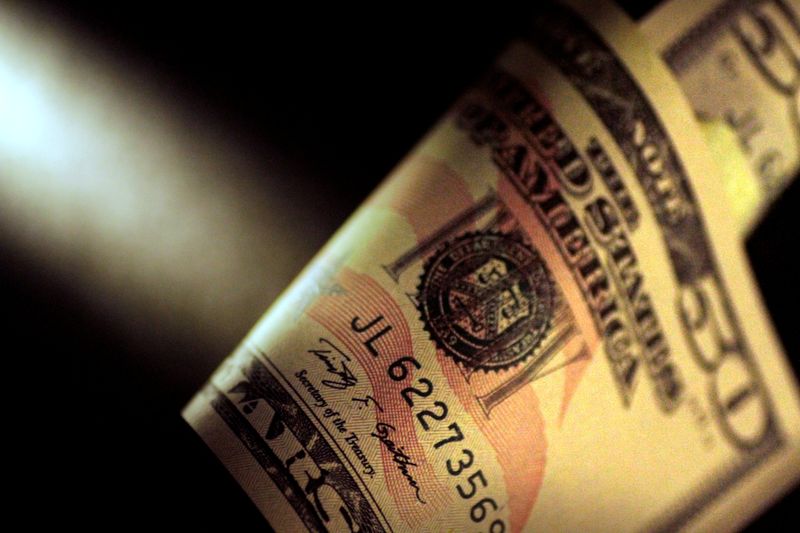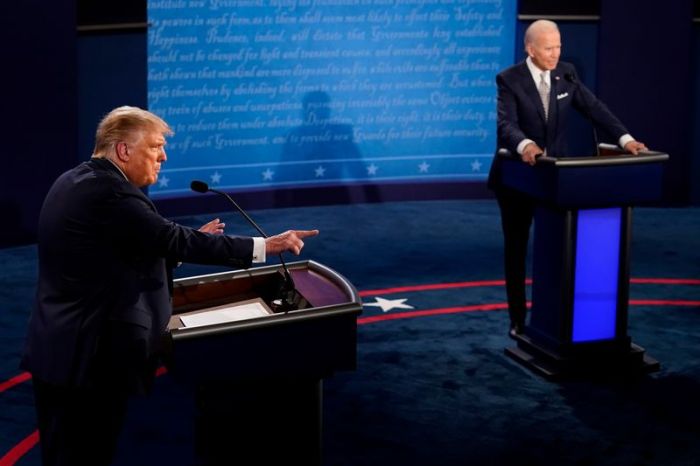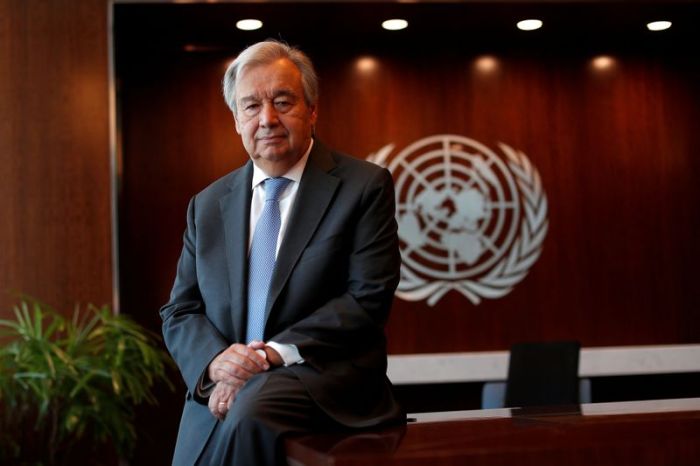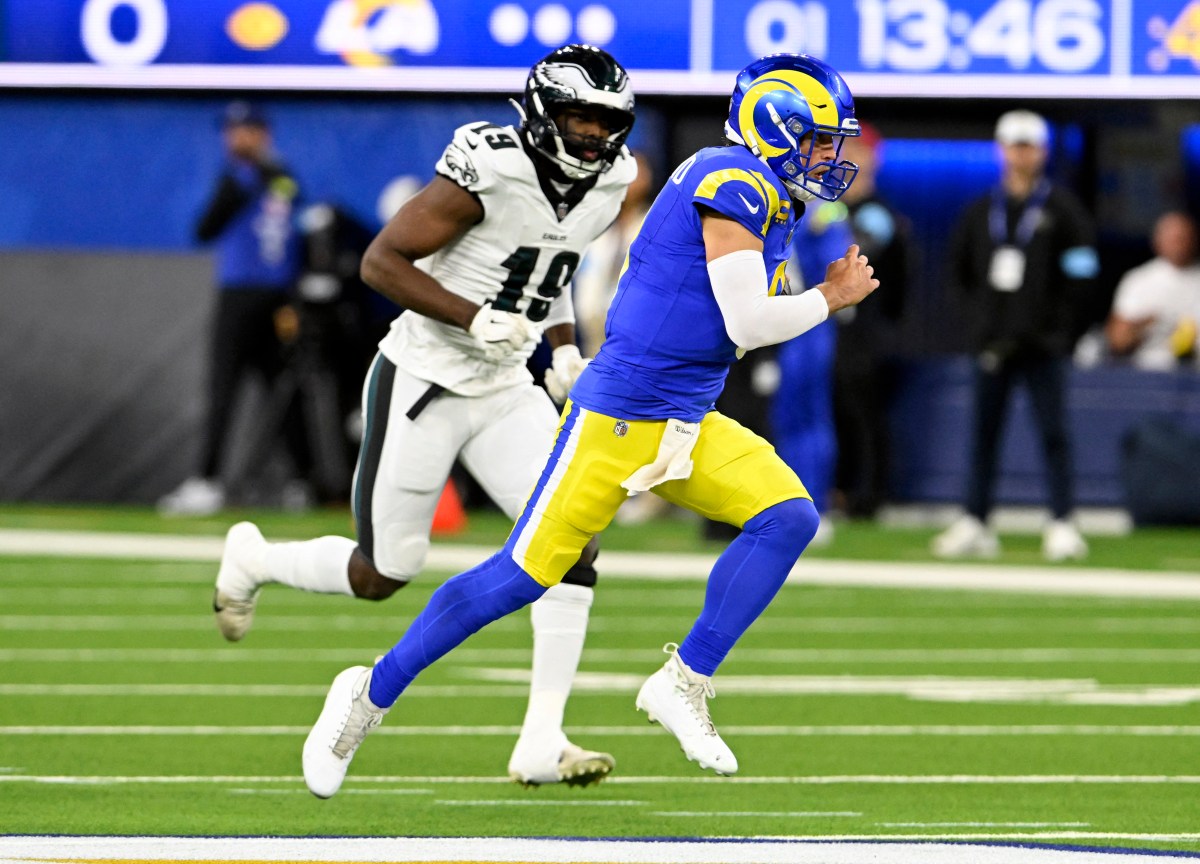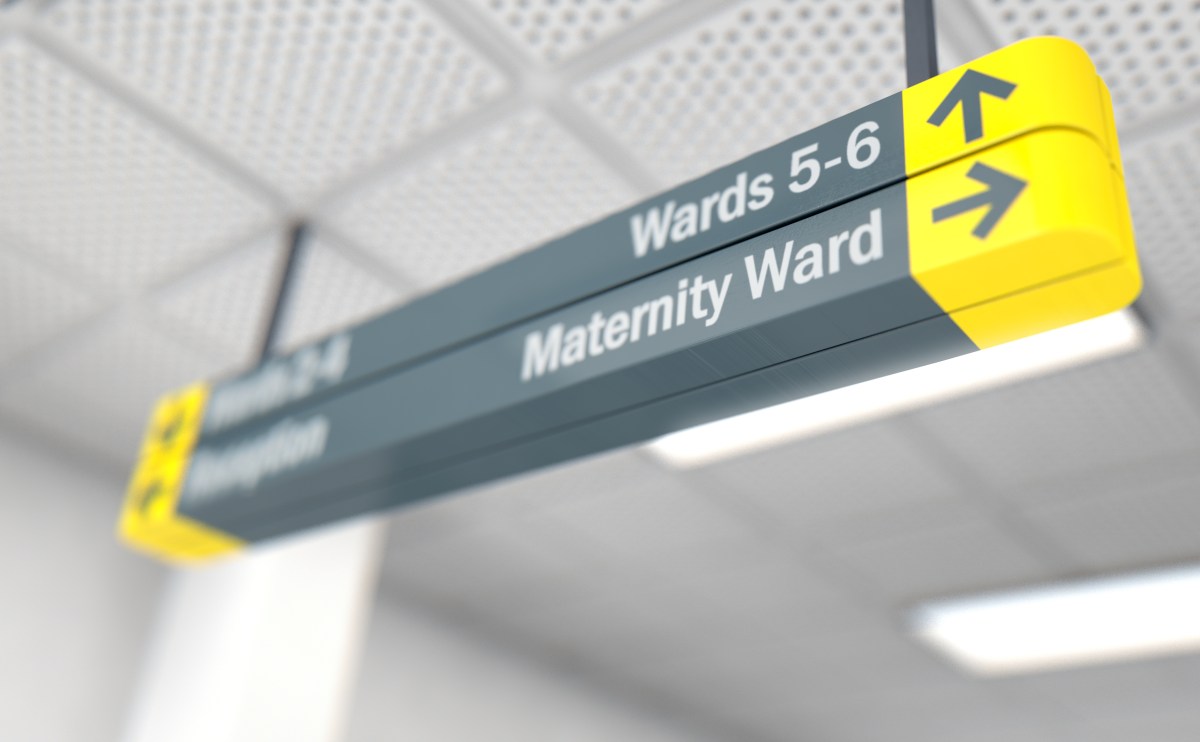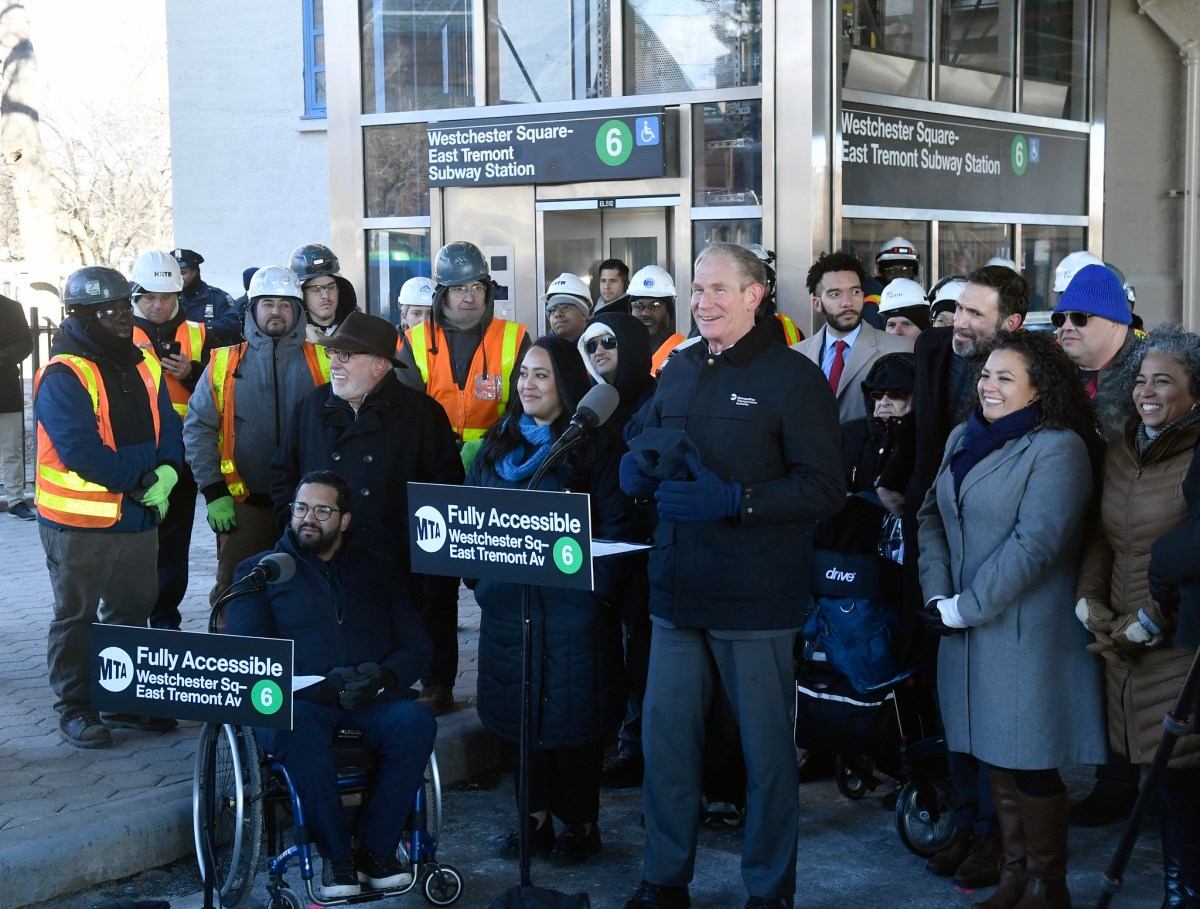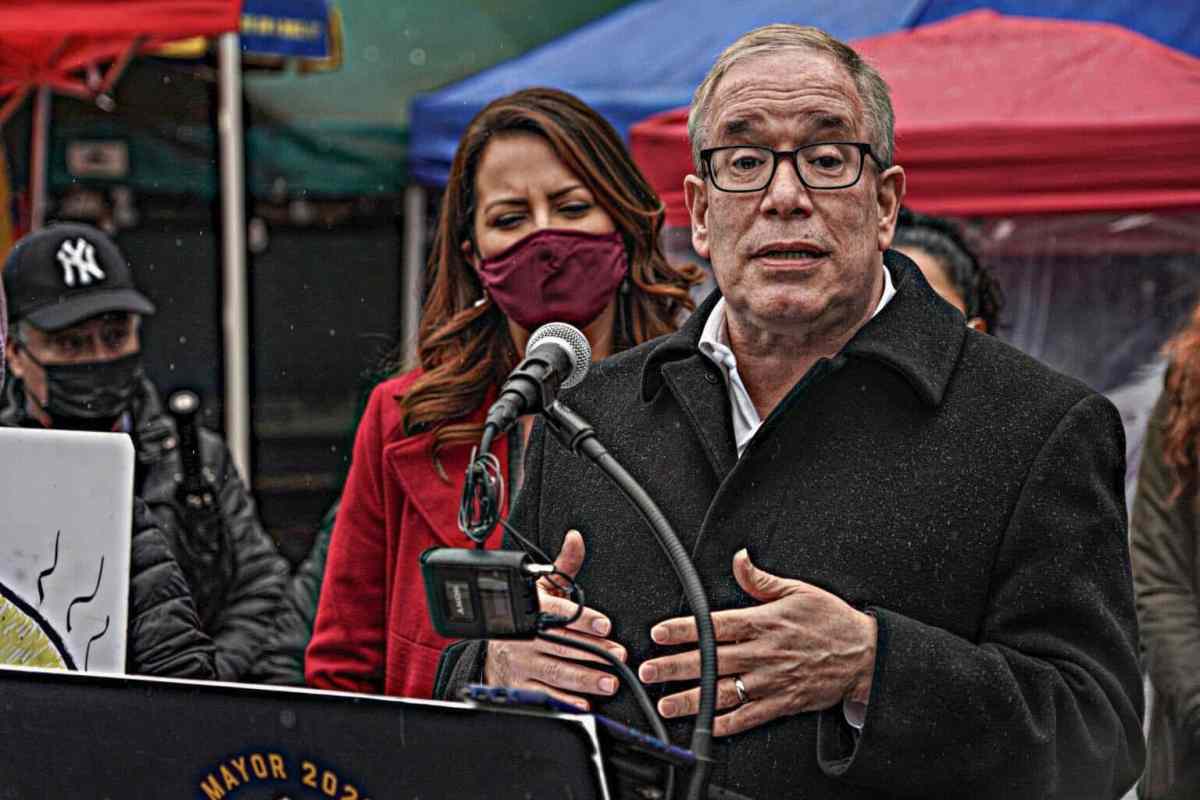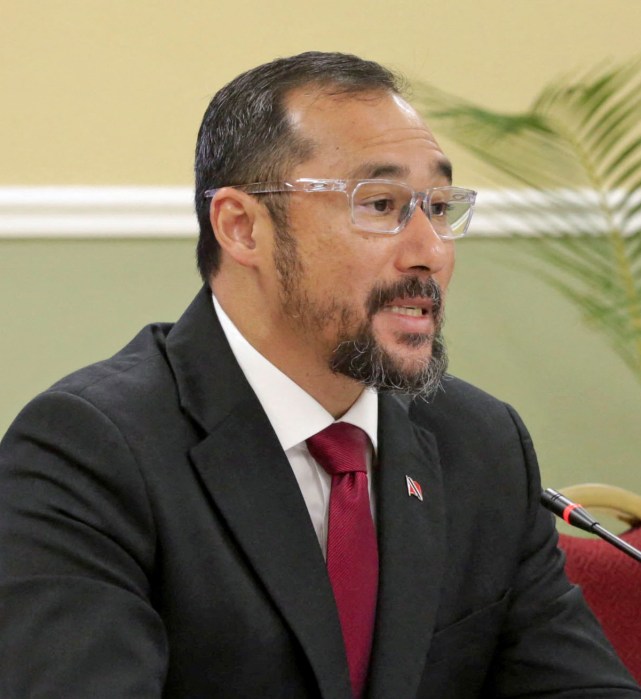NEW YORK (Reuters) – The dollar fell against most currencies in choppy trading on Wednesday, as risk sentiment improved on renewed hopes for another stimulus package that could help ease the economic pain of the coronavirus-induced recession.
Overall, the dollar posted it worst quarter since September 2017, with a fall of about 3.5% as expectations for a swift recovery from the COVID-19 economic crash made investors exit safe havens and buy into riskier currencies.
The greenback slid against the Japanese yen and weakened versus currencies associated with higher risk appetite such as the Australian, New Zealand and Canadian dollars.
U.S. House of Representative Speaker Nancy Pelosi and Treasury Secretary Steven Mnuchin met on Wednesday in a bid to broker a bipartisan deal on stalled COVID-19 relief legislation ahead of the Nov. 3 election.
Shares on Wall Street rose, while U.S. Treasury prices fell as risk aversion eased.
“Optimism abounds on the stimulus, whether that’s foolhardy or not,” said Amo Sahota, executive director at currency advisory firm Klarity FX in San Francisco.
“It’s obvious that we do need something. I am not sure the bill will push through, but any positive news the market is kind of jumping on it,” he added.
U.S. Senate Majority Leader Mitch McConnell late on Wednesday poured cold water though on some of that optimism. He said Republicans and Democrats are still very far apart on how much to spend on another coronavirus relief package.
The dollar index last traded little changed at 93.89 <=USD>. The index hit a two-month high last Friday.
“It’s encouraging to hear the rhetoric, but until it is signed, sealed, and delivered, the market will be skeptical,” said Joe Manimbo, senior market analyst, at Western Union Business Solutions in Washington.
Tuesday’s highly contentious debate between U.S. President Donald Trump and Democratic challenger Joe Biden boosted the dollar earlier, as it reinforced concerns that the outcome of the Nov. 3 presidential election could be contested.
Trump and Biden battled fiercely over the Republican incumbent’s record on the coronavirus pandemic, health care and the economy in a chaotic and ill-tempered first debate marked by the current president’s personal insults and repeated interruptions.
The greenback earlier was also boosted by quarter-end and month-end portfolio rebalancing, analysts said. Demand for dollars tends to rise at the end of quarters as portfolio rebalancing and fund transfers require currencies like the euro and sterling to be converted to dollars.
U.S. economic data was also for the most part dollar-supportive.
U.S. private employers stepped up hiring in September, with private payrolls increasing by 749,000 jobs this month, the ADP National Employment Report showed on Wednesday.
Another piece of data, however, showed U.S. gross domestic product plunged at a 31.4% annualized rate in the second quarter, the steepest drop since the government started keeping records in 1947.
The dollar fell 0.2% against the yen to 105.49 <JPY=EBS>.
The Australian dollar rose 0.5% against the greenback to US$0.7163 <AUD=D3>. The New Zealand dollar gained 0.4% to US$0.6611 <NZD=D3>. Against the Canadian dollar, the U.S. dollar fell 0.6% C$1.3312 <CAD=D3>.
The euro <EUR=EBS> was down 0.2% against the dollar at $1.1717.
(Reporting by Gertrude Chavez-Dreyfuss; Editing by Steve Orlofsky, Paul Simao and Richard Chang)

